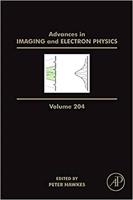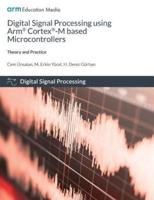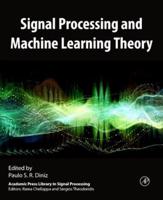Publisher's Synopsis
MATLAB Wavelet Toolbox provides functions and apps for analyzing and synthesizing signals, images, and data that exhibit regular behavior punctuated with abrupt changes. The toolbox includes algorithms for continuous wavelet transform (CWT), scalogram, and wavelet coherence. It also provides algorithms and visualizations for discrete wavelet analysis, including decimated, nondecimated, dual-tree, and wavelet packet transforms. In addition, you can extend the toolbox algorithms with custom wavelets. The toolbox lets you analyze how the frequency content of signals changes over time and reveals time-varying patterns common in multiple signals. You can perform multiresolution analysis to extract fine-scale or large-scale features, identify discontinuities, and detect change points or events that are not visible in the raw data. You can also use Wavelet Toolbox to efficiently compress data while maintaining perceptual quality and to denoise signals and images while retaining features that are often smoothed out by other techniques. A wavelet is a waveform of effectively limited duration that has an average value of zero and nonzero norm. Many signals and images of interest exhibit piecewise smooth behavior punctuated bytransients. Speech signals are characterized by short bursts encoding consonants followed by steady-state oscillations indicative of vowels. Natural images have edges. Financial time series exhibit transient behavior, which characterize rapid upturns and downturns in economic conditions. Unlike the Fourier basis, wavelet bases are adept atsparsely representing piecewise regular signals and images, which include transient behavior. Compare wavelets with sine waves, which are the basis of Fourier analysis. Sinusoids do not have limited duration - they extend from minus to plus infinity. While sinusoids are smooth and predictable, wavelets tend to be irregular and asymmetric.










